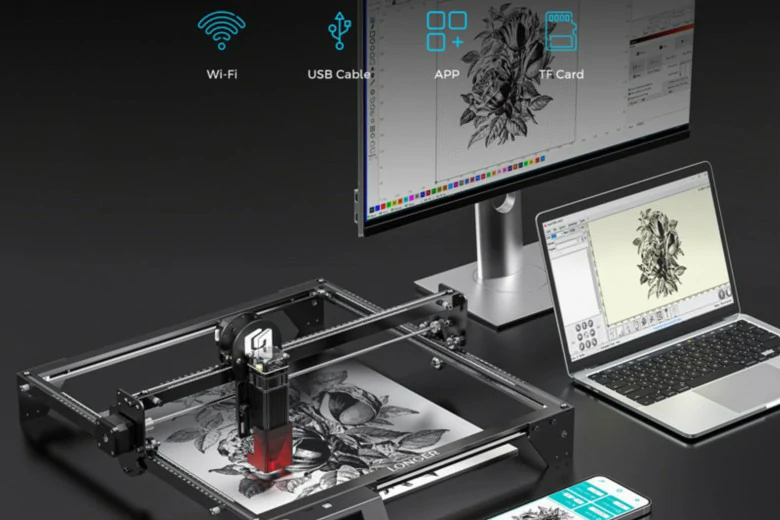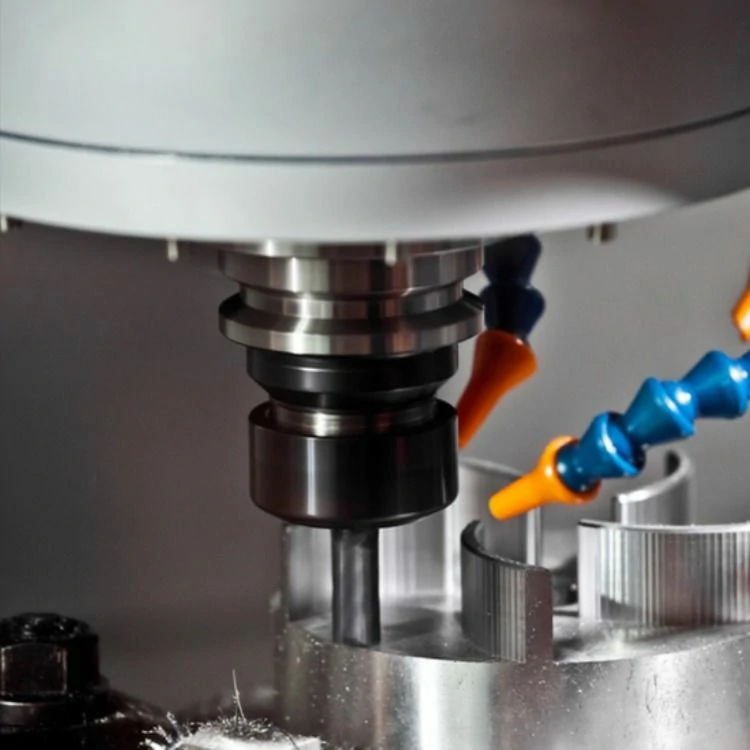Title: The Swift Production of Aluminum Alloy Communication Cavity Casings
Introduction (100 words):
Technological advancements continue to revolutionize the manufacturing industry. One such instance involved the rapid CNC machining of aluminum alloy communication cavity casings. This breakthrough not only highlights the efficiency of modern production methods but also showcases the potential for innovation in various sectors. In this article, we will explore the details surrounding this impressive feat and delve into the positive implications it may have on future manufacturing processes.
The CNC Machining Process (200 words):
CNC (Computer Numerical Control) machining is a technique that combines computer-aided design (CAD) and computer-aided manufacturing (CAM) software to precisely control machining tools. It allows for the efficient and accurate creation of complex designs and components. In this case, the aluminum alloy communication cavity casing was produced using CNC machining.
The first step in the process involved creating a virtual 3D model of the casing using specialized CAD software. This digital model served as the blueprint for the subsequent manufacturing steps. Once the design was finalized, it was transferred to the CAM software, which generated the appropriate tool paths and instructions for the CNC machine.
The CNC machine, equipped with cutting tools, then began the machining process. By following the programmed instructions, it accurately and swiftly removed excess material from the aluminum alloy block, gradually shaping it into the desired cavity casing. The automated nature of the CNC machine ensured consistent quality and reduced the possibility of human error.
Benefits and Implications (300 words):
The swift CNC machining of the aluminum alloy communication cavity casings boasts several advantages. Firstly, it significantly reduces the production time compared to traditional manufacturing methods. The accuracy and efficiency of CNC machining allow for the simultaneous creation of multiple casings, reducing the overall manufacturing period. This accelerated production cycle could revolutionize industries dependent on such components, leading to increased productivity and faster delivery times.
Secondly, CNC machining ensures consistent quality. The automated process eliminates the inconsistencies that can arise from manual labor, such as human error or fatigue. Every communication cavity casing produced through CNC machining maintains the same precise dimensions and structural integrity, meeting the stringent requirements of modern technology. This consistency enhances reliability and minimizes the likelihood of performance issues or failures.
Furthermore, the rapid production of aluminum alloy communication cavity casings with CNC machining opens the door to enhanced product customization. With CAD software, designers have greater flexibility to create intricate designs and quickly iterate on them. This newfound agility promotes innovation and allows manufacturers to cater to specific customer needs more efficiently.
Conclusion (100 words):
The rapid CNC machining of aluminum alloy communication cavity casings exemplifies the potential of modern manufacturing techniques. Through computer-aided design and computer-aided manufacturing software, the production process has become swifter, more accurate, and highly customizable. The benefits of CNC machining extend beyond reduced production times; it ensures consistent quality, enhances product customization, and drives innovation. As industries continue to embrace these advances, we can expect further improvements in manufacturing efficiency, ultimately benefiting consumers by delivering higher quality products in a shorter time frame.
.webp)



